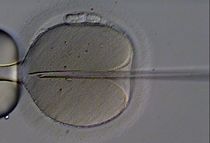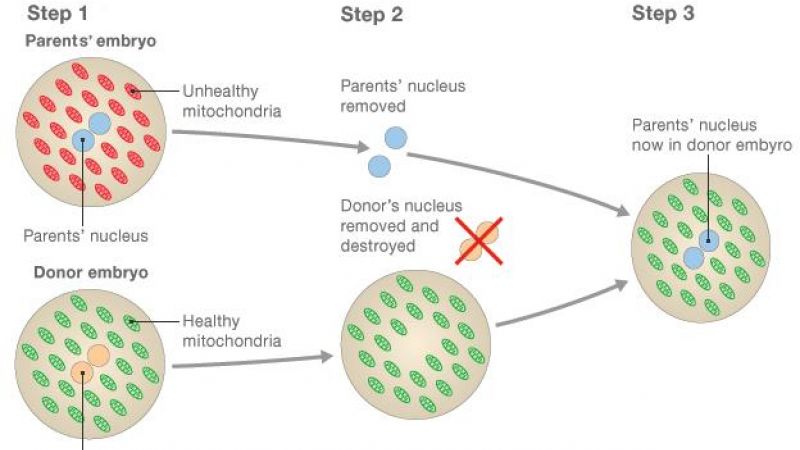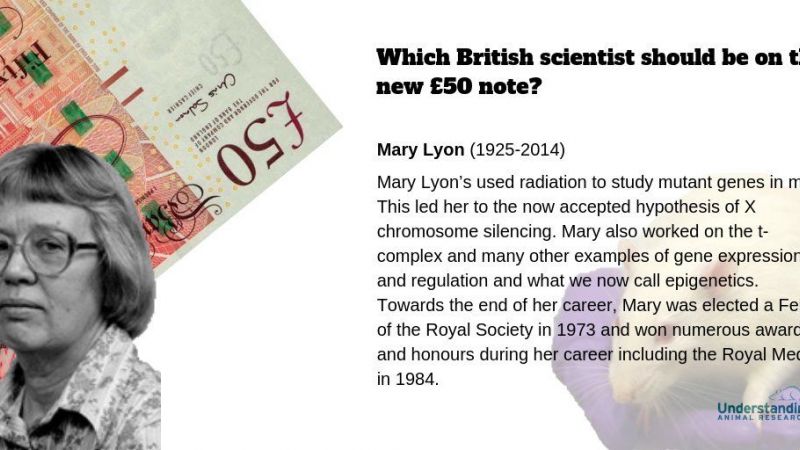 Today is the 34th birthday of Louise Brown. Since her birth, just over 5 million babies have been born who are just like her. That is, absolutely normal.
Today is the 34th birthday of Louise Brown. Since her birth, just over 5 million babies have been born who are just like her. That is, absolutely normal.
However, the way they were conceived was once a revolutionary, untested and untrusted technology. in vitro fertilisation, (IVF) helps couples who are having trouble conceiving normally, by taking a sperm and egg from each partner, combining them in a dish, and putting the, (hopefully) fertilised egg into the woman’s uterus. From there, the baby will develop normally.
Since Louise Brown was the first of these ‘test tube babies’ in 1978, just over 5 million babies have been born by this method, who could not have been conceived otherwise.Though when scientists wanted to try this exciting method in humans, the safety of this method was by no means a sure thing.
Extensive research had been conducted in farm animals to increase food stocks by improving animal fertility. Scientist Robert Edwards developed a method of stimulating egg production in mice. From this, he and Patrick Steptoe demonstrated IVF could work in a range of rodents, but in 1971 the MRC rejected their application for funding to try it in humans. This was for many reasons, but one of them was that the method hadn’t been tested in primates, so the MRC were sceptical that it would translate directly from animals to humans.
Because of this, the scientists decided to fund their clinical trials via private donors. They quickly found that the knowledge about the reproductive system they had developed in animals was true of the human reproductive system.
In 1968, they were able to complete the first stage, fertilising a human egg in a petri dish, and subsequently spent the years ensuring the safety of implanting these eggs in humans. After an unsuccessful ectopic pregnancy in 1976 in another patient, Lesley Brown became pregnant by IVF. On this day in 1978, she gave birth to a healthy baby - Louise.
This wouldn’t have been possible without the knowledge that Edwards and Steptoe gained from their years spent developing the IVF methodology in animals.
Since 1978, IVF technology has developed and scientists have developed many ways to help couples who are having trouble conceiving. In 2010, Edwards and Steptoe were awarded the Nobel Prize for Physiology and Medicine, for their contribution to fertility medicine.
Sadly, in June of this year, Lesley Brown died due to complications from a gallbladder infection (needless to say, this was nothing to do with her IVF treatment).
The impact of IVF on the lives of all 5 million couples who have received this treatment is clear from Leslie’s words, speaking in 2008.
"I'm just so grateful that I'm a mum at all because without IVF I never would have been and I wouldn't have my grandchildren."
Last edited: 11 March 2022 15:01




